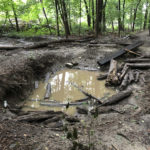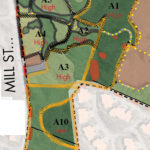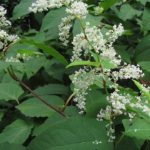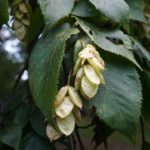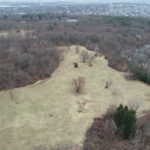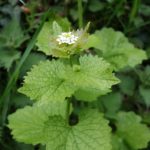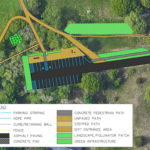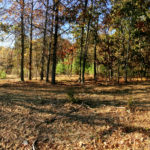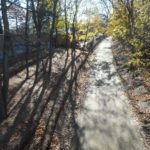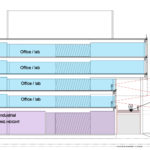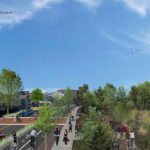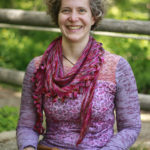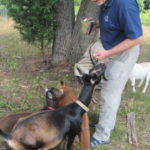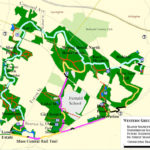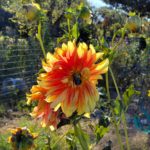
Acting on intelligence provided by the Belmont Citizens Forum, Town Administrator Patrice Garvin and Conservation Agent Mary Trudeau collaborated in October to apply for state funds for mowing and maintenance at Belmont’s Rock Meadow conservation area. Belmont was able to secure a budget earmark, facilitated by State Representative Dave Rogers, for the Rock Meadow conservation area in the FY2022 budget for an amount of $60,000. The funds will be distributed to the town through the Department of Conservation and Recreation. In working with Garvin to identify funding needs for the town, Commonwealth officials noted that use of this important community [READ MORE]


